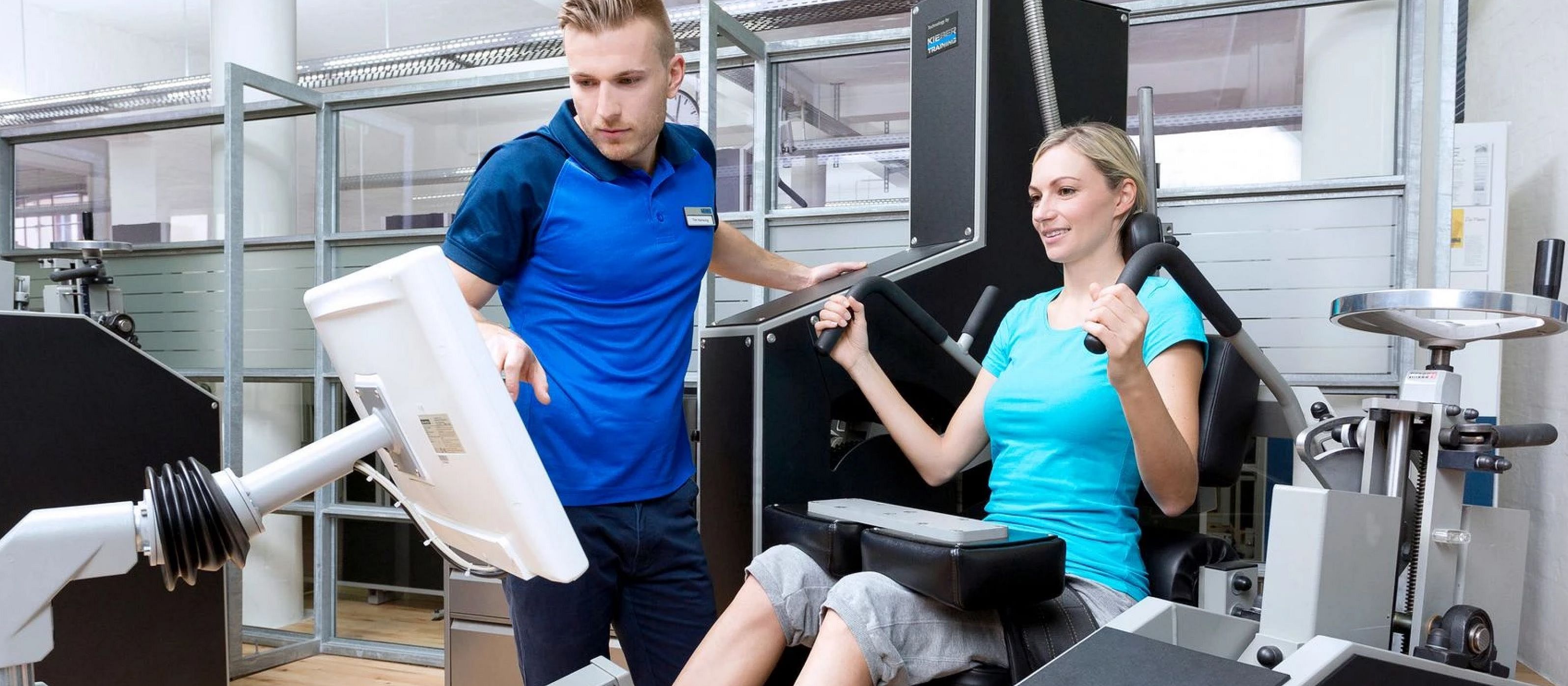Osteoporosis - the insidious danger
Osteoporosis is often a silent disease that is only noticed when it is already too late. Many people are not aware that they are at risk or that preventive measures can be taken to reduce the risk. That is why it is so important to address the issue now and be proactive. One characteristic of osteoporosis is that as bone loss progresses, so-called low-energy fractures become more likely. The most common osteoporosis-related fractures include the hip, spine and wrist. Similarly, a loss of height of up to 20 centimetres, due to fractures of the vertebral bodies, is not uncommon if the disease is severe. These fractures can significantly affect the mobility and quality of life of those affected.
What options do I have to prevent and counteract osteoporosis?
Prevention and treatment of osteoporosis can include lifestyle changes (e.g. diet, physical activity and medically based strength training), calcium and vitamin D supplements, medications to increase bone density and strategies to prevent falls.
Scientific studies prove the effectiveness of strength training against bone loss. The medically based strength training at Kieser provides you with targeted support to combat active bone loss or prevent it from happening in the first place.
Training on specially developed machines helps to improve muscle strength and bone stability. Strength training of the muscles around the bones creates additional support for the bone structure. It is important to take preventive measures before the first symptoms begin.
The greatest force repeatedly acting on the bone comes from actively produced muscle power. Whether in everyday activities or in strength training, the force production comes from the muscles. The human being grows through resistance.
The training goals are derived from this. These are more varied in osteoporosis than in any other indication for strength training:
- Strengthening of all bones at risk of fracture
- Prophylaxis of hunched backs
- Fall prevention
- General strengthening
- Psychological stabilisation
- Preservation of independence




